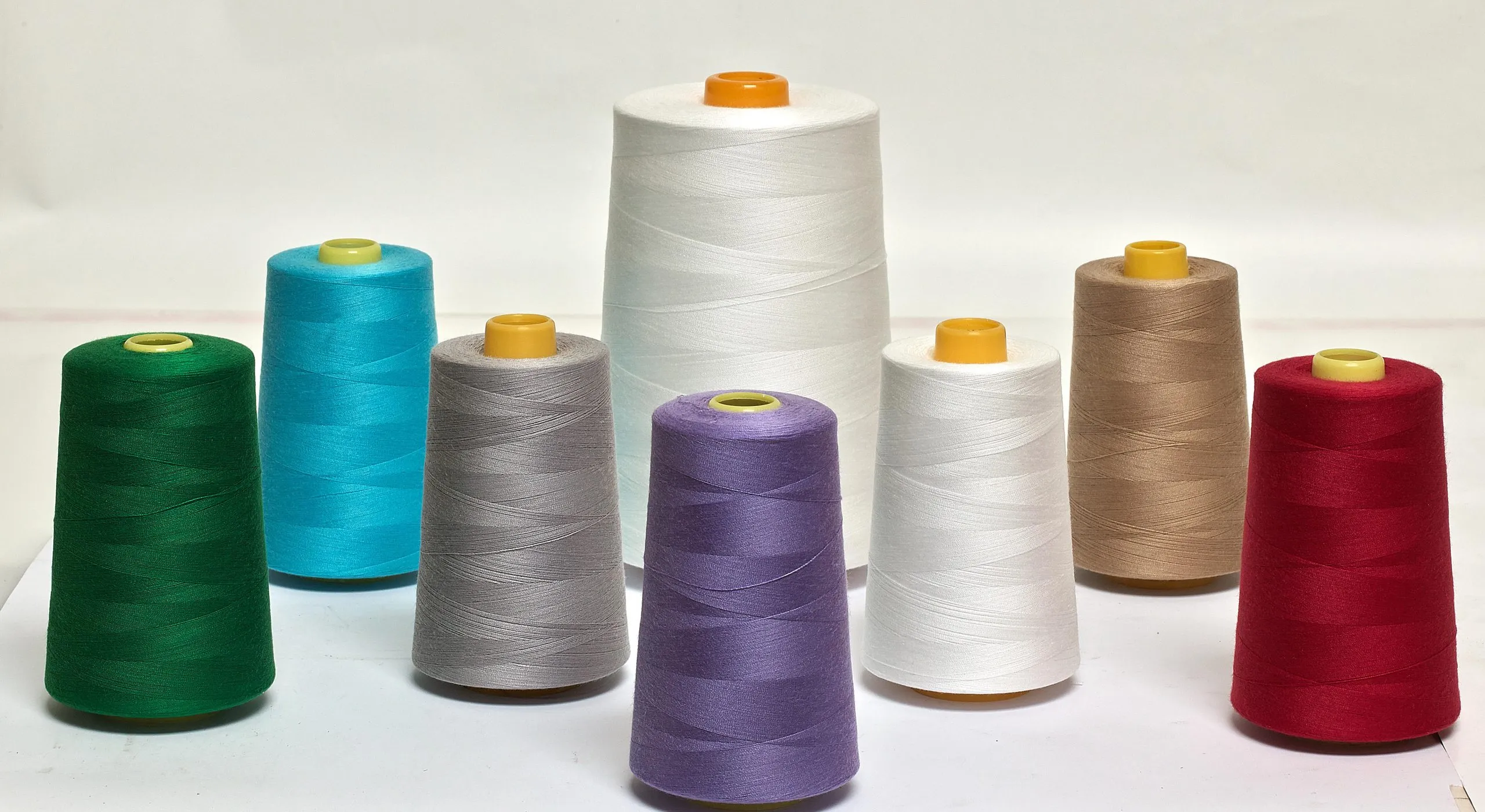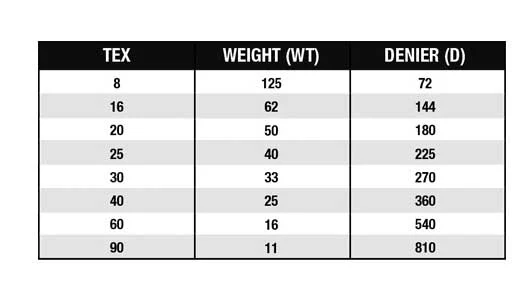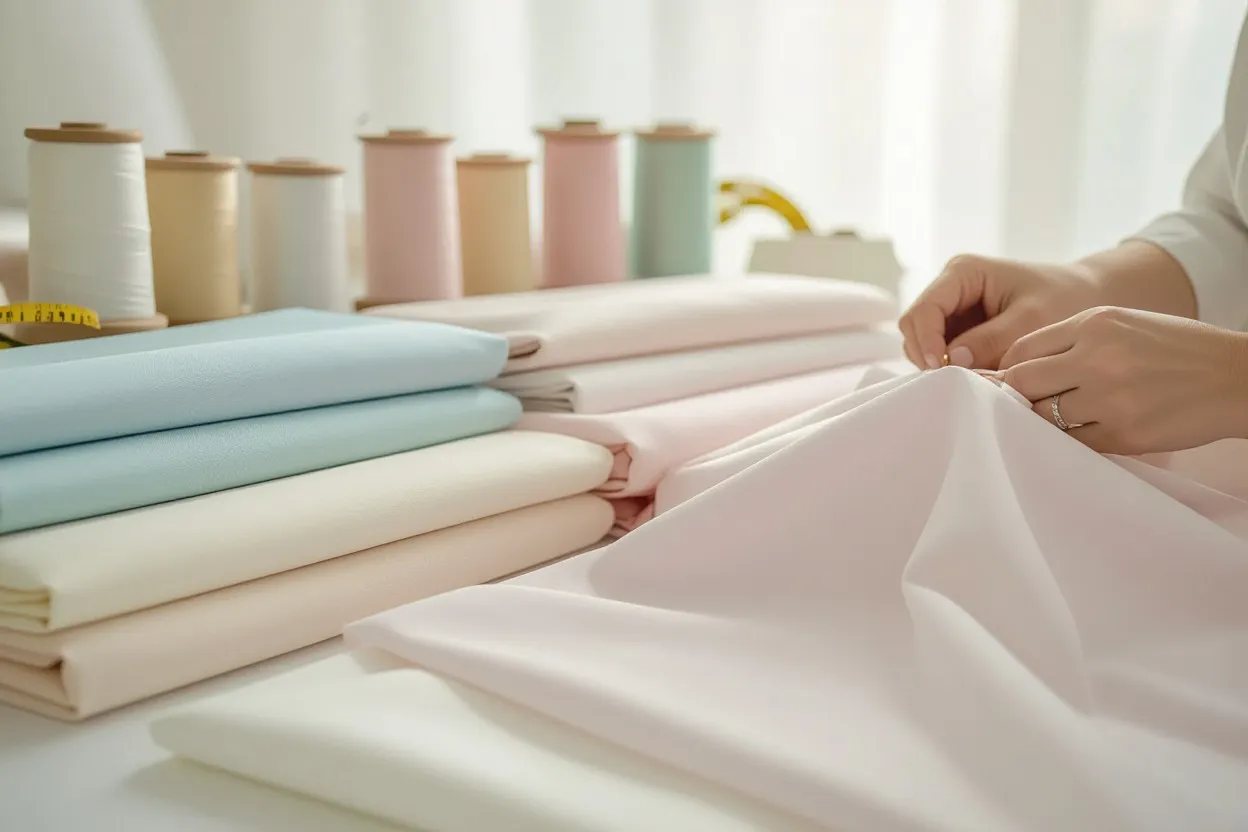
Cambric cotton is a fine, tightly woven fabric that combines softness, strength, and a touch of elegance. Originally made from linen, modern cambric is now woven from high-quality cotton fibers. Thanks to its plain weave and smooth surface, cambric offers a lightweight feel while remaining durable and opaque. Its slight sheen achieved through a process called calendering gives the fabric a refined, polished look that makes it perfect for both clothing and home textiles.
About Cambric Cotton Fabric:
History of Cambric Cotton Fabric
Originally woven in Cambrai, France, cambric began as a linen fabric in the medieval period and became a marker of fine dress and household textiles by the 16th–17th centuries. Over time, industrial processes shifted it to 100% cotton, giving you a plain-weave cloth noted for its tight weave, lightness, and calendered sheen, and making it widely available in both everyday and luxury markets.
Transition from Linen to Cotton Fabric
With the 19th-century Industrial Revolution, mechanized spinning and weaving in Lancashire and other textile centers replaced linen with cotton for cambric, lowering costs and improving consistency. You gain softer, more absorbent fabric thanks to cotton, while finishing techniques like calendering and later mercerization enhanced luster and dye uptake, so cambric suited both mass-produced shirts and fine handkerchiefs.

Mechanization wasn’t the only shift: John Mercer’s 1844 invention of mercerization and widespread calendering changed cotton’s surface and colorfastness, and mills began selecting long-staple fibers Pima and Egyptian cotton for premium cambric. You’ll notice this in the market as clear differences in price, sheen, and durability between long-staple finished cambric used for embroidery and short-staple grades used for linings and everyday garments.
What Makes Cambric Cotton Fabric Special
Cambric cotton stands out because of its delicate yet firm structure. The tight weave gives it a smooth, even finish, while the cotton fibers provide breathability and comfort. The fabric is soft to the touch, slightly glossy on one side, and resistant to easy tearing or fraying. It can also be bleached, dyed, or printed, allowing for a wide range of colors and patterns. These features make cambric both beautiful and practical for everyday use.

Key Characteristics Cambric Cotton Fabric:
- Weave: Plain weave, finely and tightly woven for strength
- Fiber: 100% high-quality cotton
- Texture: Smooth, soft, and slightly glossy after calendering
- Weight: Lightweight but durable
- Breathability: Excellent air circulation, suitable for warm climates
- Finish: Can be dyed, bleached, or printed easily
Cambric vs. Poplin, Voile, and Lawn:
| Feature | Cambric | Poplin | Voile | Lawn |
|---|---|---|---|---|
| Weave Type | Plain weave, tightly woven | Plain weave with distinct horizontal ribs | Plain weave, very fine and open | Plain weave, fine and smooth |
| Fiber Content | High-quality cotton (sometimes blended) | Cotton or cotton-blend | Cotton or cotton-polyester blend | 100% cotton (sometimes linen blend) |
| Texture & Feel | Smooth, soft, slightly glossy | Smooth but with a crisp ribbed texture | Very light, airy, and slightly crisp | Soft, silky, and crisp depending on finish |
| Weight & Thickness | Lightweight, slightly denser than voile and lawn | Medium weight, heavier than cambric | Ultra-light and semi-transparent | Lightweight, similar to cambric but slightly crisper |
| Opacity | Opaque to semi-opaque | Opaque | Sheer to semi-sheer | Semi-sheer |
| Finish | Calendered for a subtle sheen | Matte, sometimes lightly lustrous | Matte or slightly sheer | Smooth, may have a polished or matte finish |
| Drape | Soft, structured drape | Crisp drape | Flowing, fluid drape | Light, airy drape |
| Durability | Strong and tightly woven | Very durable due to heavier yarn | Less durable, delicate | Fairly strong but thinner than cambric |
| Best Used For | Shirts, blouses, linings, dresses, handkerchiefs | Formal shirts, uniforms, dresses | Summer dresses, scarves, sheer blouses | Dresses, blouses, baby clothes, fine shirts |
| Overall Impression | Fine, smooth, breathable, slightly glossy | Heavier, structured, professional look | Light, breezy, and transparent | Soft, refined, and cool to wear |

Common Uses of Cambric Cotton
Because of its lightness and refined finish, cambric cotton is widely used in both fashion and home décor. In clothing, it’s ideal for dresses, blouses, shirts, nightgowns, and underwear especially those meant for summer wear. Its soft texture makes it comfortable against the skin, while its strength ensures that garments hold their shape well.
In home applications, cambric is often used for curtain linings, cushion covers, and dust covers for furniture, offering both protection and aesthetic appeal. It’s also a traditional choice for handkerchiefs and fine embroidery projects, where smoothness and precision matter most.
Fashion and Clothing
You’ll see cambric in summer dresses, shirts, blouses, nightgowns and babywear because its lightweight (50–120 g/m²) weave and excellent breathability keep garments cool and comfortable; designers use its slight sheen for polished blouses, crisp collars and cuffs, and its tight plain weave helps prints and embroidery read sharply after routine washing at 30–40°C.
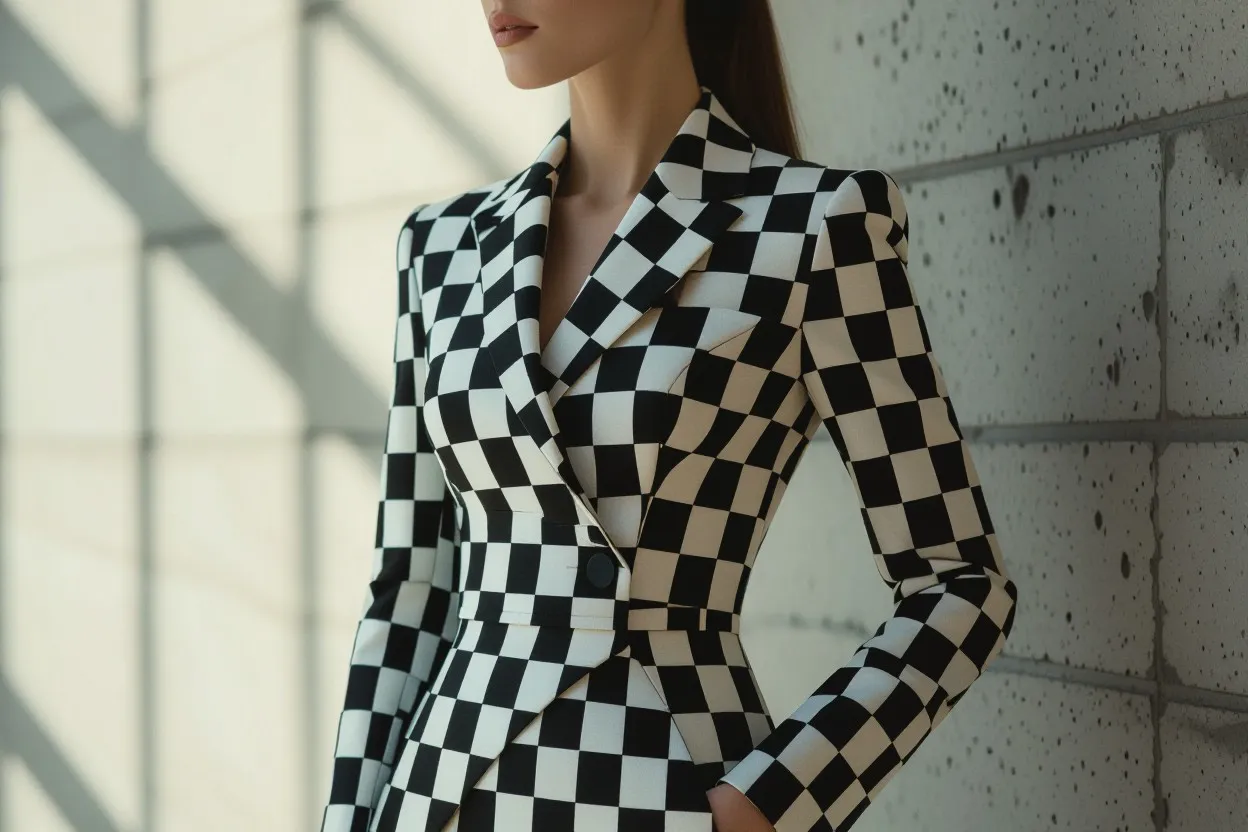
Home Textiles
You can use cambric for curtain linings, cushion covers, dust covers and handkerchiefs thanks to its smooth finish and opacity, which make it ideal as a backing for fine embroidery or a protective layer behind upholstery; its light drape keeps curtains flowing while the tight weave reduces dust transfer for everyday home use.
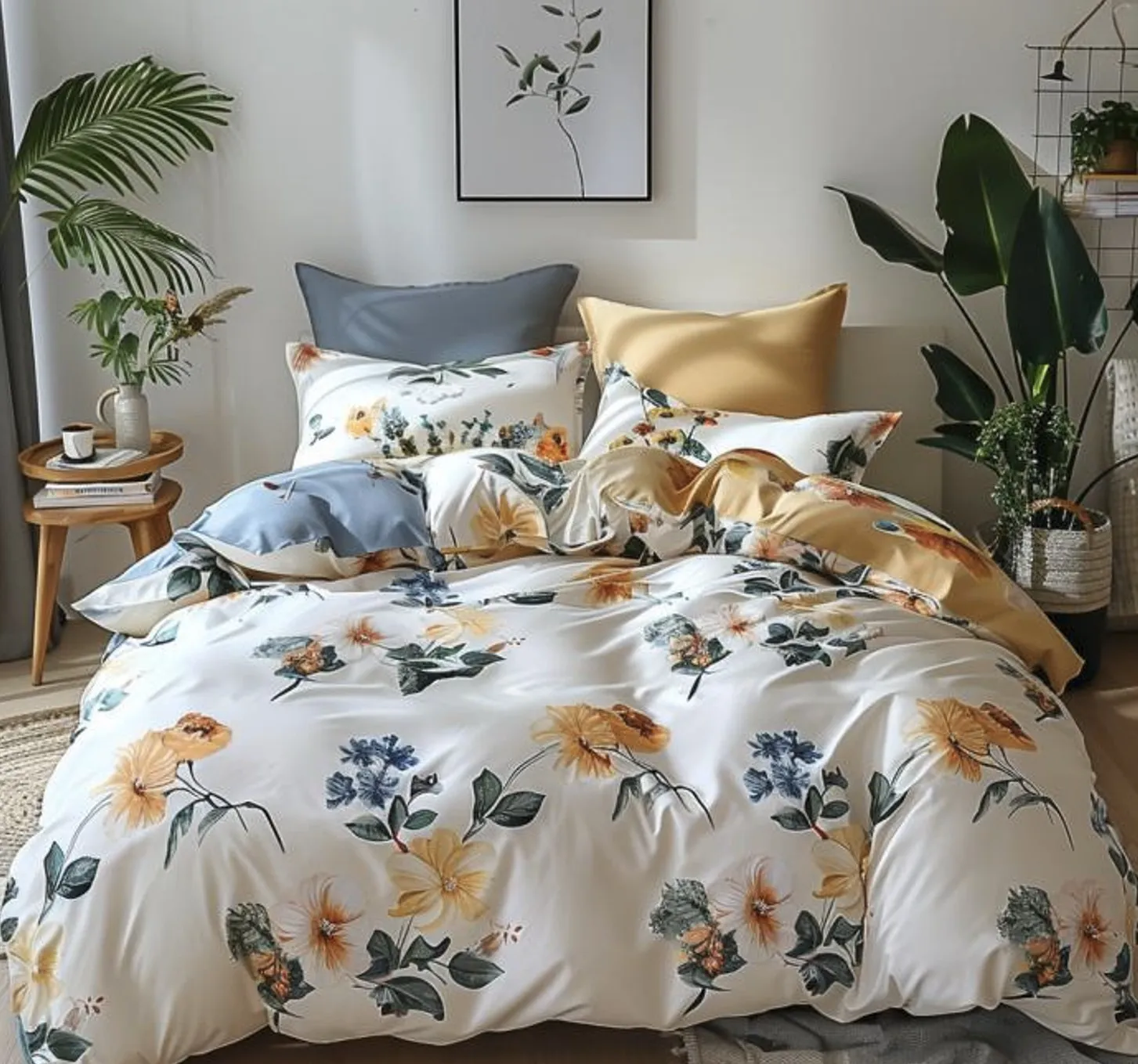
For care and specification, wash cambric home pieces at 30–40°C on a gentle cycle and line dry or tumble dry low to avoid shrinkage and loss of calendered sheen; choose weights around 50–120 g/m² for visible items and lighter weights for linings, and be aware that prolonged direct sunlight can fade dyes, so use UV-protective linings or rotate cushions to extend color life.
Why People Love Cambric Cotton
Cambric cotton combines comfort, elegance, and versatility. It’s breathable enough for tropical weather, durable enough for daily use, and polished enough for formal wear. Its timeless appeal lies in how effortlessly it balances practicality and beauty making it a staple fabric in wardrobes and homes alike.
Versatility in Use
You’ll find cambric excels across garments and home textiles: ideal for summer dresses, blouses, shirts, nightwear, lingerie, handkerchiefs and curtain linings because it’s lightweight, breathable and holds shape. Manufacturers often pick cambric for precision printing and fine embroidery its smooth surface gives clean, crisp prints and tight stitch definition—so you can move from everyday wear to detailed couture without switching fabrics.
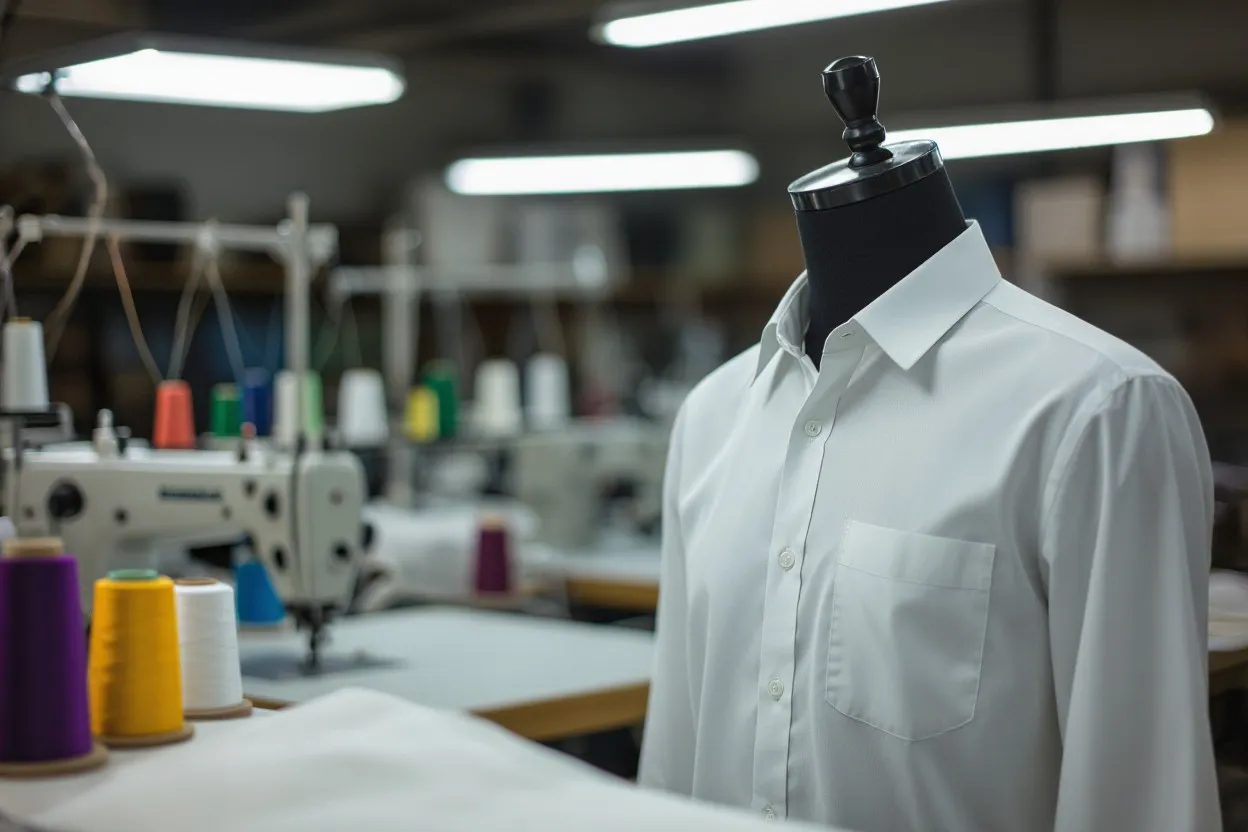
Eco Friendliness
Because modern cambric is typically 100% cotton, it’s biodegradable and renewable; you can further reduce impact by choosing GOTS or OEKO TEX certified cambric, which limits toxic chemicals and enforces better environmental and labor standards.
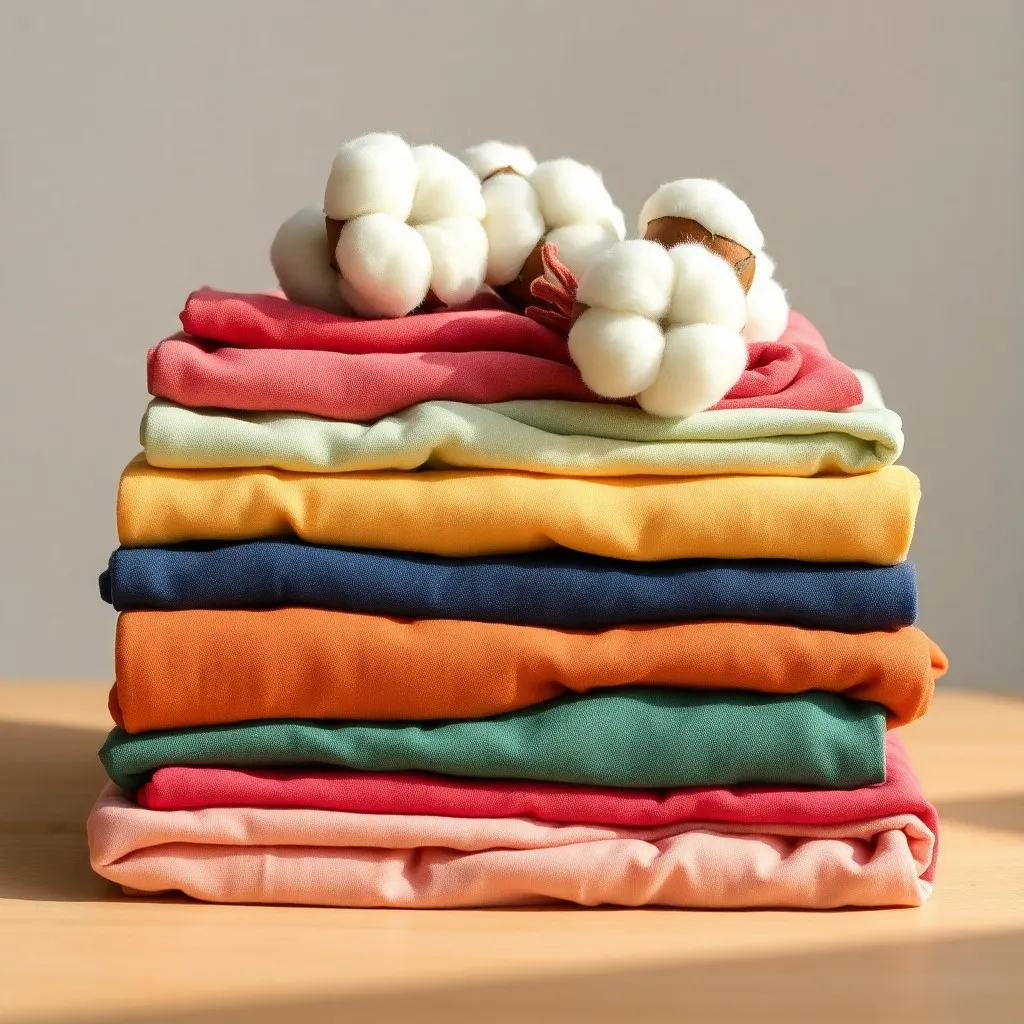
If you prioritize sustainability, look for mills using closed‑loop dyeing and low‑impact dyes; selecting organic cambric cuts pesticide use and improves soil health. You’ll also extend a garment’s life through proper care—gentle washing and low-heat ironing—so the fabric’s durability directly reduces waste and purchase frequency.
Timeless Elegance
You’ll appreciate cambric’s subtle polish: calendering creates a slight sheen and smooth face that reads as refined in shirts, blouses and heirloom linens, so pieces look elegant without heavy ornamentation or weight.
Craftspeople favor cambric for wedding shirts and embroidered linens because the finish produces sharp seams and lets colors stay vivid; when you press it lightly, the fabric keeps a crisp silhouette that endures through repeated wear and laundering, giving garments a long-lasting, classic appeal.
To Wrap Up / Final Word
Now you can choose cambric cotton from Mekong Garment Vietnam for a fine, smooth fabric that elevates your everyday wardrobe and home textiles; its lightweight breathability, durable plain weave, and polished finish deliver comfort, elegance, and lasting performance so your garments and linens look refined while standing up to daily use.
FAQs About Cambric Cotton
What is cambric cotton and how is it produced?
Cambric cotton is a fine, tightly woven plain-weave fabric originally made from linen but now woven from high-quality cotton fibers. Production uses finely spun yarns and a dense plain weave; a calendering finish is often applied to create a slight sheen and a smooth, polished surface.
What are the key characteristics of cambric cotton?
Cambric is lightweight yet durable, with a smooth, soft hand and a slightly glossy face after calendering. It is made from 100% cotton, breathable, opaque compared with sheer fabrics, resistant to fraying, and accepts bleaching, dyeing, and printing well.
What garments and home items are best made from cambric cotton?
In apparel, cambric is ideal for dresses, blouses, shirts, nightgowns, and underwear—especially summer pieces that need breathability and a refined look. For the home it suits curtain linings, cushion covers, dust covers, handkerchiefs, and fine embroidery backings where smoothness and precision matter.
How does cambric compare to similar fabrics like poplin, voile, and lawn?
Compared with poplin, cambric is finer and smoother—poplin is typically heavier with a pronounced rib. Voile is more sheer and gauzy, while cambric is more opaque and structured. Lawn is closely related in fineness and softness, but lawn can be slightly more sheer and crisper depending on finish; cambric’s calendered surface gives a distinctive subtle sheen.
How should cambric cotton be cared for to maintain its look and feel?
Wash in cool or warm water on a gentle cycle with mild detergent; line dry or tumble dry low to preserve the finish. Iron at a moderate temperature to restore smoothness. Bleaching and dyeing are possible, but test samples first if colorfastness or sheen retention is important.
Is cambric cotton suitable for hot, humid climates?
Yes. Cambric’s lightweight structure and cotton fiber provide excellent air circulation and moisture absorption, making it comfortable for tropical and warm-weather wear while still offering a polished appearance.
Can cambric be printed, embroidered, or customized
Yes. Cambric takes dye, print, and embroidery exceptionally well due to its smooth surface and stable weave. Mekong Garment Vietnam offers cambric fabrics in various colors, prints, and finishes and can support custom dyeing, printing, and production runs for apparel and home textiles.

